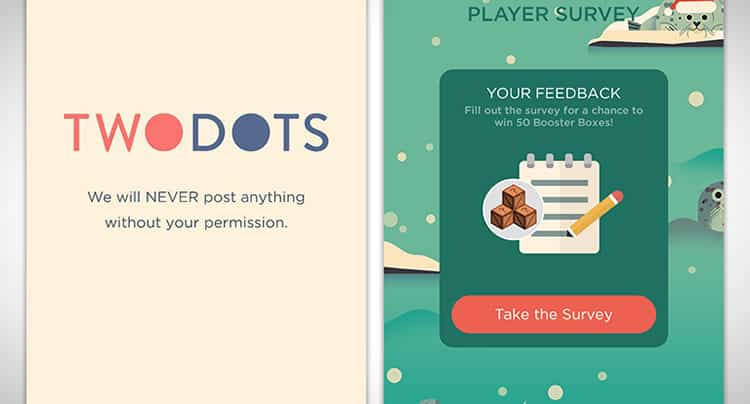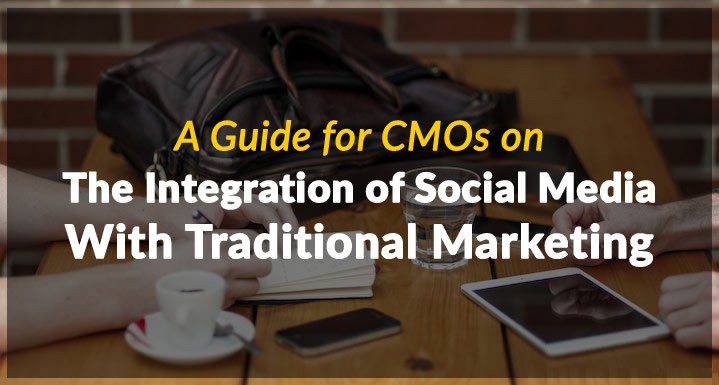Unleash Your Online Potential with the Best Ecommerce Web Design Company in Beaumont, CA
In today’s digital age, e-commerce has become essential to business success. It allows businesses to reach a wider audience and increase their sales by offering products and services online. However, having a well-designed website is crucial to success in e-commerce. A good e-commerce web design attracts potential customers and provides them with a smooth and seamless shopping experience. The best e-commerce web design company in Riverside, CA, offers various services to help businesses achieve their online potential and succeed in the e-commerce world. From custom e-commerce website design and development to search engine optimization and mobile-responsive design, the company has the expertise and experience necessary to help businesses reach their e-commerce goals.
The Importance of E-commerce
In recent years, e-commerce has become a significant force in the business world. E-commerce refers to the buying and selling of goods and services online. Here are three reasons why e-commerce is so important in today’s business landscape.
E-commerce And Its Growth
E-commerce, short for electronic commerce, refers to buying and selling goods and services online. With the advent of the internet, e-commerce has exploded in growth and become a significant part of the global economy. From large multinational corporations to small local businesses, everyone is now taking advantage of the vast opportunities offered by e-commerce. According to recent statistics, e-commerce sales worldwide are expected to reach over 4 trillion dollars by 2020, and this number is only expected to grow in the coming years.
Benefits Of Having An Online Store
Having an online store offers numerous benefits to businesses of all sizes:
- It allows businesses to reach a wider audience, as the internet has no geographical boundaries.
- It will enable businesses to operate 24/7, providing customers with the convenience of shopping whenever they want.
- It helps businesses to save on overhead costs such as rent, utilities, and staffing.
- An online store allows businesses to track their sales and analyze consumer behavior, which can help make informed business decisions.
Importance Of Having A Strong Online Presence
A solid online presence is crucial for business success in today’s digital age. A well-designed website not only provides customers with a professional image of the business but also helps to establish trust and credibility. A solid online presence makes it easier for customers to find a business and purchase their products or services. Moreover, firms with a solid online presence can reach a wider audience and increase their sales. The internet provides a platform for businesses to showcase their products and services to a global audience. In conclusion, the importance of e-commerce and a solid online presence cannot be overstated. Businesses that take advantage of these opportunities will thrive in the future.
The Role of Web Design in E-commerce Success
Web design is a critical factor in the success of e-commerce businesses. A well-designed website can help businesses stand out, increase conversions, and improve the user experience. Here are three reasons why web design is so vital for e-commerce success.
Web Design And Its Impact On E-commerce
Web design refers to creating a website, from its layout and content to its user interface and overall visual appearance. In the context of e-commerce, web design plays a crucial role in determining the success of an online store. A well-designed website attracts customers and provides them with a positive shopping experience, which can lead to increased sales and conversions. On the other hand, a well-designed website can drive potential customers away, resulting in lost sales and negatively impacting the business.
Importance Of Having A User-Friendly And Visually Appealing Website
Having a user-friendly and visually appealing website is crucial for e-commerce success. A user-friendly website is easy to navigate and provides customers with a smooth and seamless shopping experience. This can include intuitive navigation, clear product descriptions, and easy checkout processes. On the other hand, a visually appealing website is attractive and eye-catching, engaging customers and making them want to explore the site further. A well-designed website should combine both elements to provide customers with an enjoyable and memorable shopping experience.
How The Right Web Design Can Increase Conversions And Sales
The right web design can significantly impact conversions and sales for e-commerce businesses. A well-designed website can increase customer trust and credibility and increase sales. A website that is easy to navigate and provides customers with a positive shopping experience is more likely to encourage repeat visits and purchases. Moreover, a website optimized for search engines can improve its visibility, resulting in increased traffic and sales. The right web design can also help create a unique brand identity and increase brand recognition, resulting in increased brand loyalty and long-term success for the business. Investing in the right web design can significantly impact the success of an e-commerce business and should be noticed.
The Power of Professional E-commerce Web Design
In the highly competitive online business world, having a professional e-commerce website is crucial to standing out from the crowd and gaining a competitive edge. A well-designed e-commerce website can increase conversions, improve customer satisfaction, and help your business grow. Here are three key benefits of professional ecommerce web design.
Creation Of A User-Friendly And Visually Appealing Website
A professionally designed e-commerce website is visually appealing, easy to navigate, and user-friendly. It provides a positive user experience for your customers, increasing sales and customer loyalty. A well-designed website should have a clear and concise layout that is easy to navigate and optimized for desktop and mobile devices. With a visually appealing website, your customers are more likely to spend time browsing your products and making purchases.
Implementation Of The Latest Technology And Security Features
A professional e-commerce website is built with the latest technology and security features, protecting your customers’ personal and financial information. Features such as SSL certificates, secure payment gateways, and two-factor authentication are essential for any e-commerce website. In addition, a professionally designed website is more likely to be up-to-date with the latest industry trends and changes in technology, which can help your business stay ahead of the competition.
Optimization Of Your Website For Search Engines And Mobile Devices
A professional e-commerce website is optimized for search engines and mobile devices, which can help your business get found by potential customers. Search engine optimization (SEO) involves optimizing your website’s content, structure, and keywords to improve its ranking on search engine results pages. A mobile-friendly website is essential for today’s e-commerce landscape, as more and more customers are using their smartphones and tablets to shop online.
A professional e-commerce website is a must-have for any online business. A well-designed website can improve the user experience, provide the latest technology and security features, and help your business get found by potential customers. By investing in professional ecommerce web design, you can set your business up for success in the highly competitive world of e-commerce.
The Benefits of Working with the Best E-commerce Web Design Company in Riverside, CA
The Unique Benefits Of Working With This Company
Working with the best e-commerce web design company in Riverside, CA, offers a wide range of benefits that are unique to this company. These benefits include access to a team of experienced designers, developers, and marketers, a commitment to delivering customized solutions that meet the specific needs of each business, and a focus on delivering results and increasing conversions. The company also offers a comprehensive range of e-commerce web design services, including custom website design and development, e-commerce platform integration, mobile-responsive design, user experience (UX) design, search engine optimization (SEO), and ongoing maintenance and support.
How The Company’s Services Can Help Businesses Reach Their Online Potential
The services offered by the best e-commerce web design company in Riverside, CA, can help businesses reach their online potential by providing them with the tools and expertise they need to succeed in the e-commerce marketplace. For example, the company’s custom website design and development services can help businesses create a visually appealing and user-friendly website that effectively showcases their products and services. The company’s e-commerce platform integration services can help businesses streamline their online sales process and improve the customer experience.
The company’s mobile-responsive design services can help businesses reach customers on any device. In contrast, the company’s UX design services can help businesses create a website that is easy to navigate and use. The company’s SEO services can help businesses improve their search engine rankings and reach more potential customers. In contrast, the company’s ongoing maintenance and support services can help businesses ensure that their website remains up-to-date and functioning at peak performance.
Working with the best e-commerce web design company in Riverside, CA, can offer a wide range of benefits that can help businesses reach their online potential and succeed in the e-commerce marketplace. With a commitment to delivering customized solutions and focusing on results, the company is a trusted partner for businesses looking to unleash their online potential.
E-commerce web design is a critical factor in the success of online businesses. A well-designed website can improve the user experience, increase conversions and sales, and help businesses reach their full online potential. If you are looking for the best e-commerce web design company in Riverside, CA, look no further than Nerd Alert Solutions. With their expertise and experience, they can help your business create a user-friendly, visually appealing website that is optimized for search engines and mobile devices. Don’t hesitate to reach out to Nerd Alert Solutions for your e-commerce web design needs – call them at (760) 383-3591 or email them at [email protected] to get started on your e-commerce success story.



















